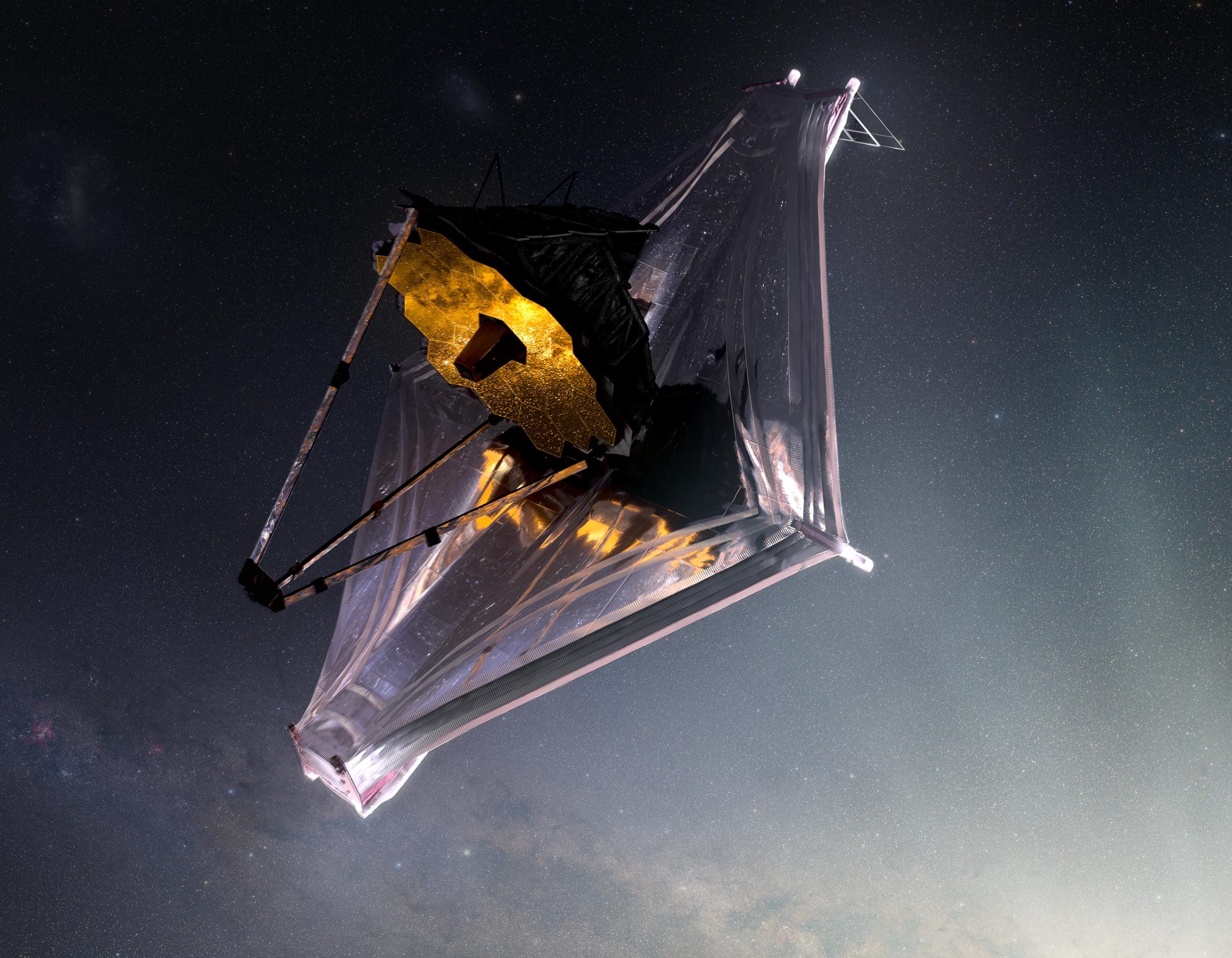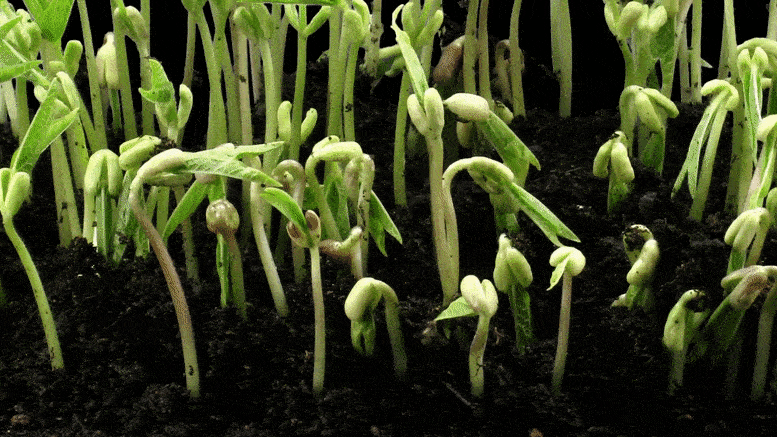New research led by the global research-for-development organization Bioversity International confirms that the genomes of today’s domesticated banana varieties contain traces of three extra, as yet unknown, ancestors.
Map of New Guinea Island and examples of fruits of (A, B) Musa acuminata ssp. banksii and closely related cultivated AA accessions from Papua New Guinea: (C) ‘Mero Mero;’ (D) ‘Nesuri;’ (E) ‘Wiau;’ (F) ‘Talasea;’ (G) ‘Seseve;’ (H) ‘Tobaung;’ (I) ‘Tavilo;’ (J) ‘Nape’e.’ Dark blue dots on the map represent collection locations for accessions within the cluster ‘banksii.’ Image credit: Julie Sardos / NARI.
Banana (genus Musa) is a vegetatively propagated crop native to a wide South-East Asia/Oceania region.
It was domesticated from a cluster of four ancestors — either subspecies of the wild banana Musa acuminata, or distinct but closely related species — more than 7,000 years ago, likely in New Guinea.
Musa acuminata seems to have evolved in the northern borderlands between India and Myanmar, and to have existed across Australasia approximately 10 million years before it was first domesticated.
A further complication is that domesticated varieties can have two (diploid), three (triploid), or four (tetraploid) copies of every chromosome, and that many are also descended from the wild species Musa balbisiana.
Recent smaller-scale studies suggested that even this already complex scenario might not be the whole story, and that further ancestors related to Musa acuminata could have been involved in the domestication.
The new results not only confirm that this is indeed the case, they also show for the first time that that these gene pools are common in domesticated banana genomes.
“We show that most of today’s diploid cultivated bananas that descend from the wild banana Musa acuminata are hybrids between different subspecies,” said Dr. Julie Sardos, a researcher at Bioversity International and CIAT.
“At least three extra wild ‘mystery ancestors’ must have contributed to this mixed genome thousands of years ago, but haven’t been identified yet.”
To estimate and geo-localize the contribution of the different subspecies of Musa acuminata to cultivated banana, Dr. Sardos and colleagues used genome-wide single nucleotide polymorphisms (SNPs) generated for 154 diploid banana cultivars and 68 samples of nine wild subspecies of Musa acuminata.
They measured the levels of relatedness between cultivars and wild bananas and made family trees based on the diversity at 39,031 SNPs.
They used a subset of these — evenly spread across the genome, with each pair demarcating a block of approximately 100,000 ‘DNA letters’ — to statistically analyze the ancestry of each block.
For the first time, they detected traces of three further ancestors in the genome of all domesticated samples, for which no matches are yet known from the wild.
“The mystery ancestors might be long since extinct. But our personal conviction is that they are still living somewhere in the wild, either poorly described by science or not described at all, in which case they are probably threatened,” Dr. Sardos said.
“Our genetic comparisons show that the first of these mystery ancestors must have come from the region between the Gulf of Thailand and west of the South China Sea. The second, from the region between north Borneo and the Philippines. The third, from the island of New Guinea.”
The results were published in the journal Frontiers in Plant Science.
_____
Julie Sardos et al. Hybridization, missing wild ancestors and the domestication of cultivated diploid bananas. Front. Plant Sci, published online October 7, 2022; doi: 10.3389/fpls.2022.969220
Note: This article have been indexed to our site. We do not claim legitimacy, ownership or copyright of any of the content above. To see the article at original source Click Here










![[Cahier Technique] Teaching robots to face the unexpected thumbnail](https://www.industrie-techno.com/mediatheque/1/1/1/000056111_210x140_c.png)


